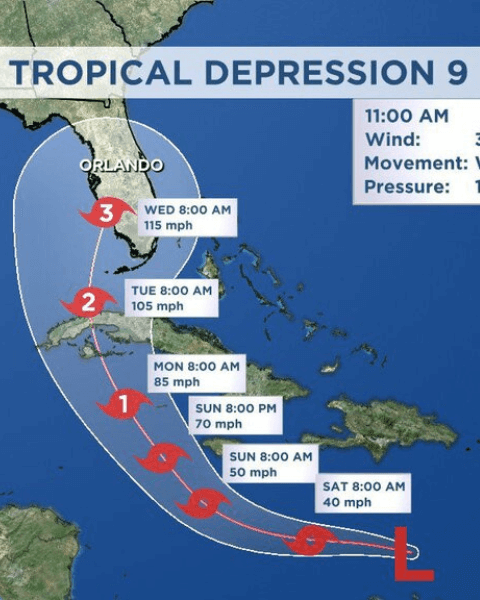
Indiana High School Basketball Rankings
April 25, 2023
How Do Free Apps Make Money? Build Your Strategy Bypassing Common Mistakes
April 26, 2023
California, renowned for its progressive policies, has long been at the forefront of shaping laws concerning various societal issues, including pornography. In this article, we delve into the current landscape of pornography laws in California, examining the regulations in place and the rationale behind them.
Defining Pornography in California: Legal Framework and Regulations
In California, pornography is legally defined as any material depicting sexual conduct, spanning from traditional media like movies and magazines to modern platforms such as websites and social media. Despite its legality, the production and distribution of pornography are subject to stringent laws and regulations to ensure ethical and safe practices.
The Role of the SAFE Act in Pornography Regulation
Central to the regulation of pornography in California is the “Safe and Fair Enforcement for Mortgage Licensing Act” (SAFE Act). This legislation mandates that all pornography producers obtain a state license and adhere to strict guidelines regarding production and distribution. These guidelines include obtaining explicit consent from performers, maintaining comprehensive records of production activities, and verifying the legal age of all participants.
Additional Regulations Governing Pornography Production
In addition to the SAFE Act, California imposes various other regulations on pornography production. For instance, performers must undergo STI testing every 14 days, with results shared among production companies. Furthermore, all sexual acts depicted on camera must involve the use of condoms, a regulation subject to significant debate.
Addressing Obscenity: Determining Legal Boundaries
California law defines obscenity as material lacking serious artistic, scientific, or political value, while also being offensive to contemporary community standards and appealing to prurient interests. This definition serves as a yardstick for determining the legality of specific pornography content, aiming to prevent the dissemination of material deemed harmful or offensive.
Tackling Revenge Pornography: Legal Measures and Penalties
In recent years, California has taken steps to combat revenge pornography, criminalizing the non-consensual sharing of explicit images or videos. Offenders face misdemeanor charges, including potential jail time and fines. Moreover, victims have avenues to seek civil damages against perpetrators.
Conclusion: Balancing Regulation and Responsibility
California’s pornography laws prioritize the safety and well-being of performers while striving to prevent the distribution of harmful or offensive content. Despite ongoing debates surrounding the industry’s ethical implications, the state remains committed to a proactive and responsible approach to regulating pornography.
Final Thoughts: Navigating Controversy and Individual Choice
While California’s laws aim to mitigate concerns regarding the exploitation of performers, the pornography industry remains a subject of controversy. Individuals are encouraged to stay informed about associated risks and make informed decisions regarding their engagement with such content.
By adhering to these regulations and fostering informed discourse, California continues to set an example for responsible governance in the realm of pornography.



